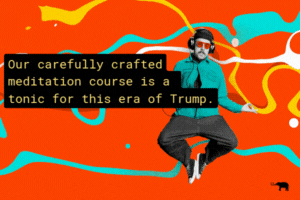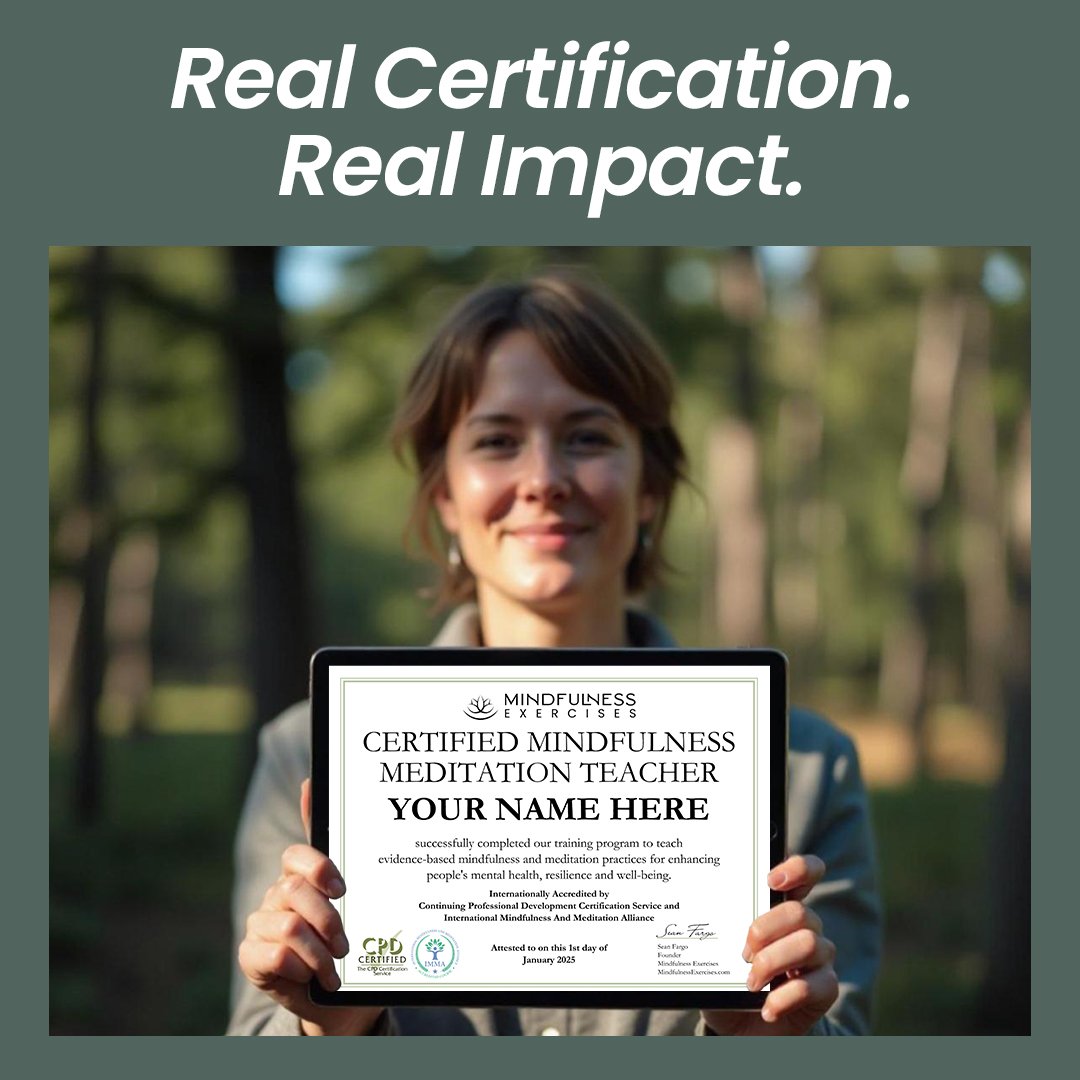
{*Did you know you can write on Elephant? Here’s how—big changes: How to Write & Make Money or at least Be of Benefit on Elephant. ~ Waylon}
~
For a long time, my life was a high-wire act of contradictions.
By day, I was a therapist at a substance abuse hospital, guiding others toward the light of sobriety. By night, I was trapped in my own darkness, an active drug addict and drinker, dancing on the edge of destruction.
I thought I had it all under control—after all, I wasn’t using as much as before, and I wasn’t touching the harder stuff. But beneath that thin veneer of stability, I was living in constant fear, terrified that the walls would come crashing down, exposing my double life.
I had no sponsor, and I’d never set foot in a 12-step meeting, even though it was required for my own treatment. Living in a tight-knit college town, anonymity was a luxury I couldn’t afford. Each morning, I’d wake up with a pounding head and a gnawing sense of dread, piecing together the blurred memories of the night before, praying I hadn’t been seen by someone who knew me. Every day, I was haunted by the possibility that my carefully constructed façade would crumble, and that the trust of my colleagues and patients would be shattered beyond repair.
The tipping point came when I confessed to my parents that I had relapsed. My father’s response was a single, devastating question: “Why do you insist on killing yourself?” Those words hit like a sledgehammer, obliterating the layers of denial I had wrapped around myself. In that moment, I knew I had to make a change—not just for myself, but for the people who still believed in me, the people who hadn’t yet given up.
Getting sober while continuing to work as a therapist was a harrowing journey. I felt like a fraud, standing in front of my patients, offering them advice I could barely apply to my own life. But as I began to embrace sobriety, I also started to confront the demons that had been lurking in the shadows. I forced myself into the meetings I had once avoided, found solace in the guidance of a sponsor, and gradually built a foundation of genuine recovery.
The road hasn’t been easy—it’s been marked by failed relationships, setbacks, and countless moments of doubt. But it’s also been transformative. I’m now a couples therapist, and I use my own experiences—the pain, the fear, the mistakes, and the scars—to connect with my clients on a deeper level. My past, once a source of shame, has become a wellspring of empathy and insight.
We all have our battles, our moments of darkness. But within each of us lies the capacity for change, for growth, for healing. My journey from active addiction to sobriety has taught me that our most profound wounds can become the tools we use to help others heal.
When I look back at the person I was 14 years ago, I hardly recognize that version of myself. The shame and fear of being discovered were constant companions, even as I made strides in my recovery. It wasn’t until I began to share my story openly that I realized the true power of my past. Understanding my own shame and fear has allowed me to connect deeply with my clients, to see and feel their pain as my own. It’s this empathy, born from my own struggles, that has become my greatest strength as a therapist.
I’ve come to believe that within every pain, there’s a purpose waiting to be uncovered. My experience has shown me that no matter how deep the darkness, there is always a way out. This belief drives my work, helping couples navigate their challenges and discover their capacity for resilience and transformation.
My past, once a secret burden, is now the foundation of my professional power and personal compassion. It’s proof that change is always possible and that our most painful experiences can become our most profound sources of strength.
So, if you find yourself in the depths of your own struggles, remember this: your pain has the potential to become your purpose. It can lead you to a place of deeper understanding, empathy, and connection—both with yourself and with others. In helping others embrace themselves, I had to learn to embrace my own inner world too, and in doing so, I found a path to healing that I never knew existed.
The journey isn’t easy, but it’s worth every step.
~
{Please consider Boosting our authors’ articles in their first week to help them win Elephant’s Ecosystem so they can get paid and write more.}

 Share on bsky
Share on bsky





Read 0 comments and reply